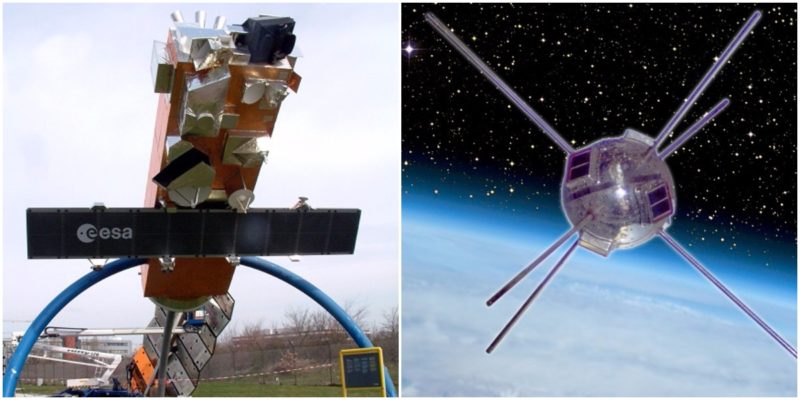This time we leave behind the abandoned spaces of earth and look up at the sky. These are the stories of abandoned man-made objects that are orbiting the Earth – our precious satellites. Some of them were dropped out of use and replaced with better ones. Others malfunctioned for reasons known and unknown. And a few simply fulfilled their mission and were decommissioned. However many of them are still lingering in space, waltzing around our planet to the music of the Universe.
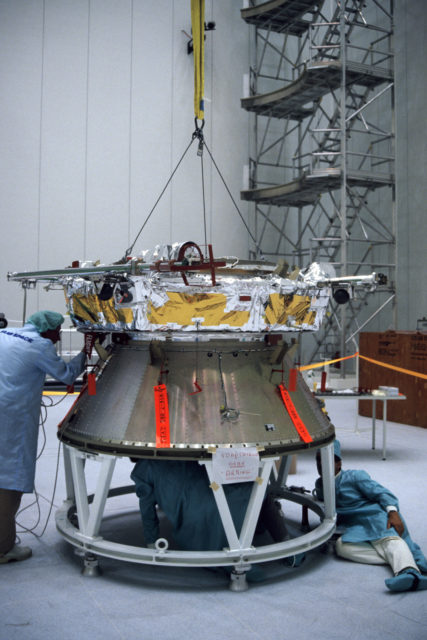
Vanguard 1 was the fourth artificial satellite to orbit Earth, launched after Sputnik 1, Sputnik 2, and Explorer 1. However, it was the first ever satellite to be solar powered. Although communication with it was lost in 1964, Vanguard 1 remains the oldest man-made satellite still in orbit.
It was nicknamed “the grapefruit satellite” by then Soviet Primier Nikita Khrushchev. At first it was estimated that it would orbit the earth for 2000 years, but it was discovered later that solar radiation pressure and atmospheric drag caused a decrease in the calculation down to only 240 years. Next year on March 17, Nasa will mark 60 years in orbit for Vanguard 1.
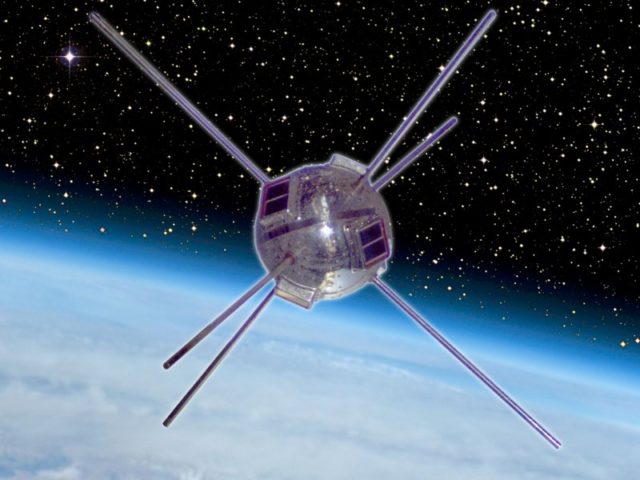
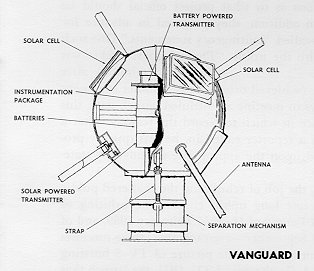
Vanguard 2 was launched on February 17, 1959 to report on weather changes as it circled the Earth. The success of this launch was an important part of the Cold War space race between the United States and the Soviet Union. After the scientific mission ended, the first weather became a derelict object that would continue to orbit the Earth.
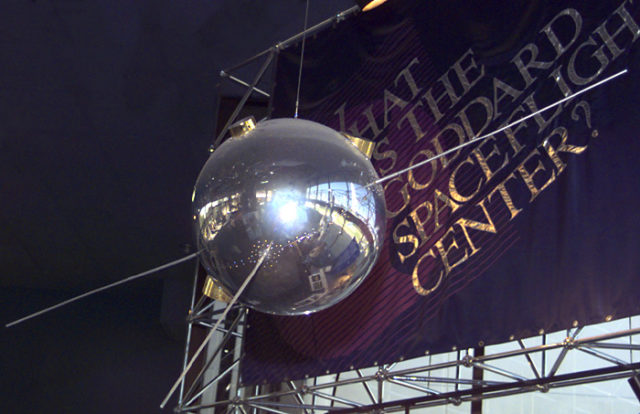
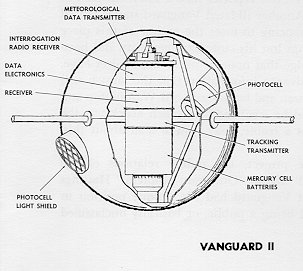
Astra 1A was launched in December 1988 and it was the first satellite launched and operated by SES (Société Européenne des Satellites). During its early days, it was often referred to as the Astra Satellite, as it was the only one with that name. Later Astra 1A was followed by Astra 1B and Astra 1C, and now all three of them are derelict and orbiting space without any function since 2004. The Astra satellites provided television coverage to Western Europe from 1989 through 2004 and were revolutionary as among the first medium-powered satellites. Their signal allowed reception with smaller dishes than before.
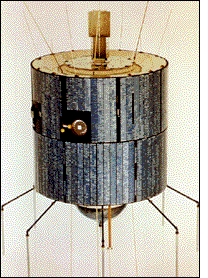
ATS-3 (Application Technology Satellite) was the longest operating satellite ever, operated by NASA from 1967 to 2001. This satellite became world famous on November 10, 1967 when it took the first color photograph of the Earth. The photograph was used on the cover of the first edition of Whole Earth Catalog magazine.
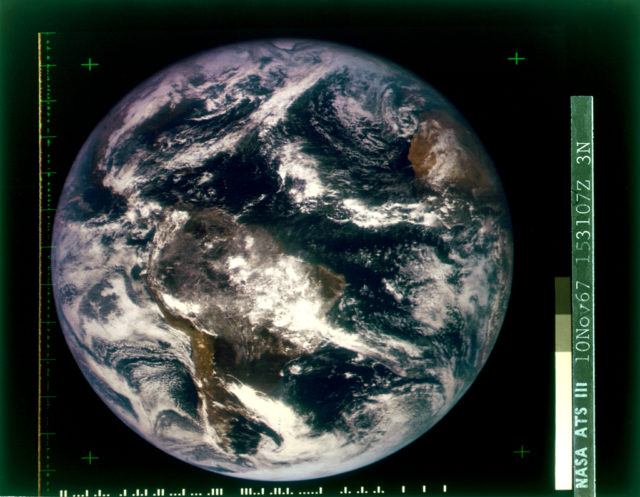
ADEOS I (Advanced Earth Observing Satellite 1) was launched by the National Space Development Agency of Japan in 1996. The ADEOS mission was to observe Earth’s environmental changes, focusing on global warming, depletion of the ozone layer, and deforestation. The Japanese name for the mission was Midori, meaning “green”. It ended earlier than planned, just the next year in July 1997, after the satellite sustained damage to the solar panel array. In order to continue the project, ADEOS II was launched in 2002. This second satellite suffered the same fate as it’s predecessor, ending the mission again after only one year due to solar panel malfunction.
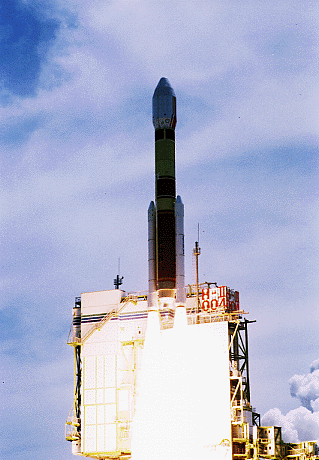
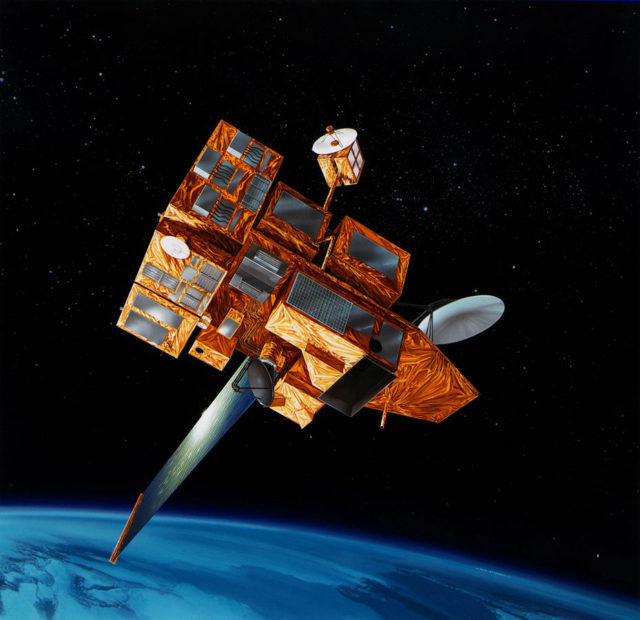
SNAP-10A, also known as SNAPSHOT was an experimental nuclear-powered satellite launched in 1965 by the United States. It was the first and only fission power system launched by USA. SNAPSHOT stopped working after just 43 days in space, however, nuclear particles had nothing to do with it, an electrical component failed, causing the reactor core to be shut down. After the system failure, the satellite was left to orbit the Earth at a distance of 1,300 km and is predicted to stay in space for another 4000 years.
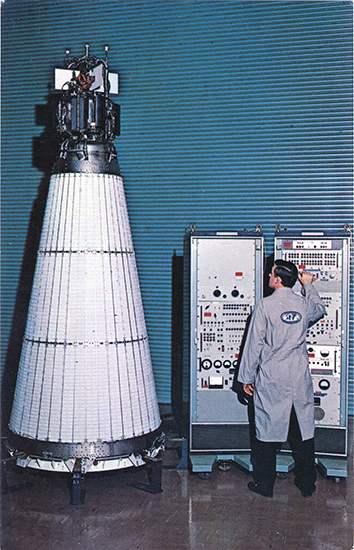
Ikonos was the first commercial Earth observation satellite and the first to collect high-resolution photographs of Earth that were made completely available to the public. Its name derives from the Greek work for image, eikōn. Its images could be bought starting January 1st, 2000, the same year the Ikonos team received the award “Best of What’s New” from Popular Science magazine. It operated until its retirement on March 31st, 2015.
The Rossi X-ray Timing Explorer (or RXTE) is a satellite that observed the time variation of different astronomical X-ray sources. It was named after the Italian experimental physicist Bruno Benedetto Rossi, due to his great contribution to particle physics and the study of cosmic rays. RXTE results have been used in more than 1400 scientific papers since 2007. Its observations of space have been used as evidence for the existence of the frame-dragging effect predicted by the theory of general relativity. In January 2006, RXTE located a candidate intermediate-mass black hole. And in April 2008 its data was used to infer the size of the smallest known black hole. Nasa stopped using RXTE on January 3rd 2012 and said that this little hero should be returning back into Earth’s atmosphere between 2014 and 2023.
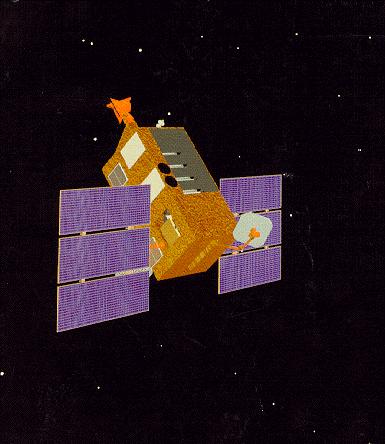
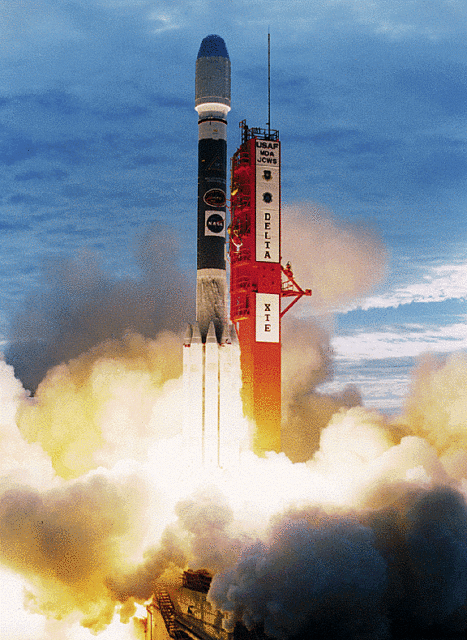
Envisat – Environmental Satellite – is the world’s largest civilian satellite made to observe and monitor the Earth. It is still in orbit but not functioning since contact was lost on April 8th, 2012, after 10 years of smooth operation. Its mission was to provide information that could assist with and further improve environmental studies.
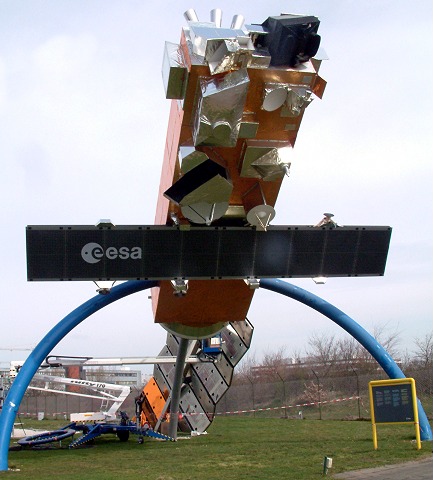
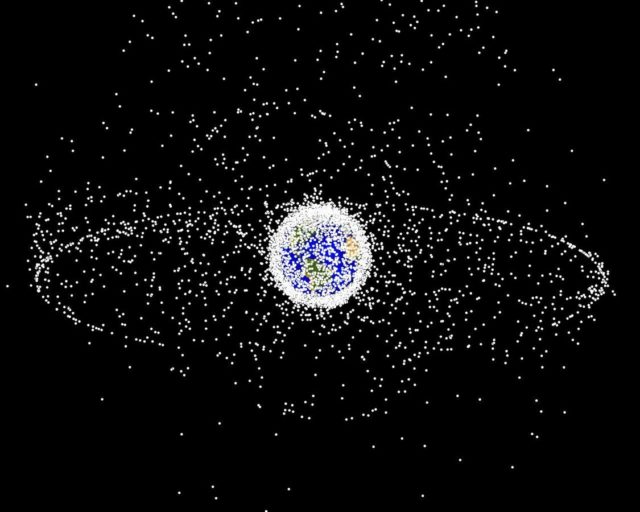
There are a lot of satellites that belong to the category “derelict satellites orbiting Earth”, sometimes referred to as space debris. According to Wikipedia: “A derelict satellite is an artificial satellite that has been abandoned, neglected, or has become nonfunctional but is still in Earth orbit. The term is specific to man-made objects and includes satellites, spacecraft and spent upper stages“. A representation of the total amount of the space debris around Earth can be seen in the last image of this article.
